Assault Alleys
Techniques Described by the Prussian Engineer Committee
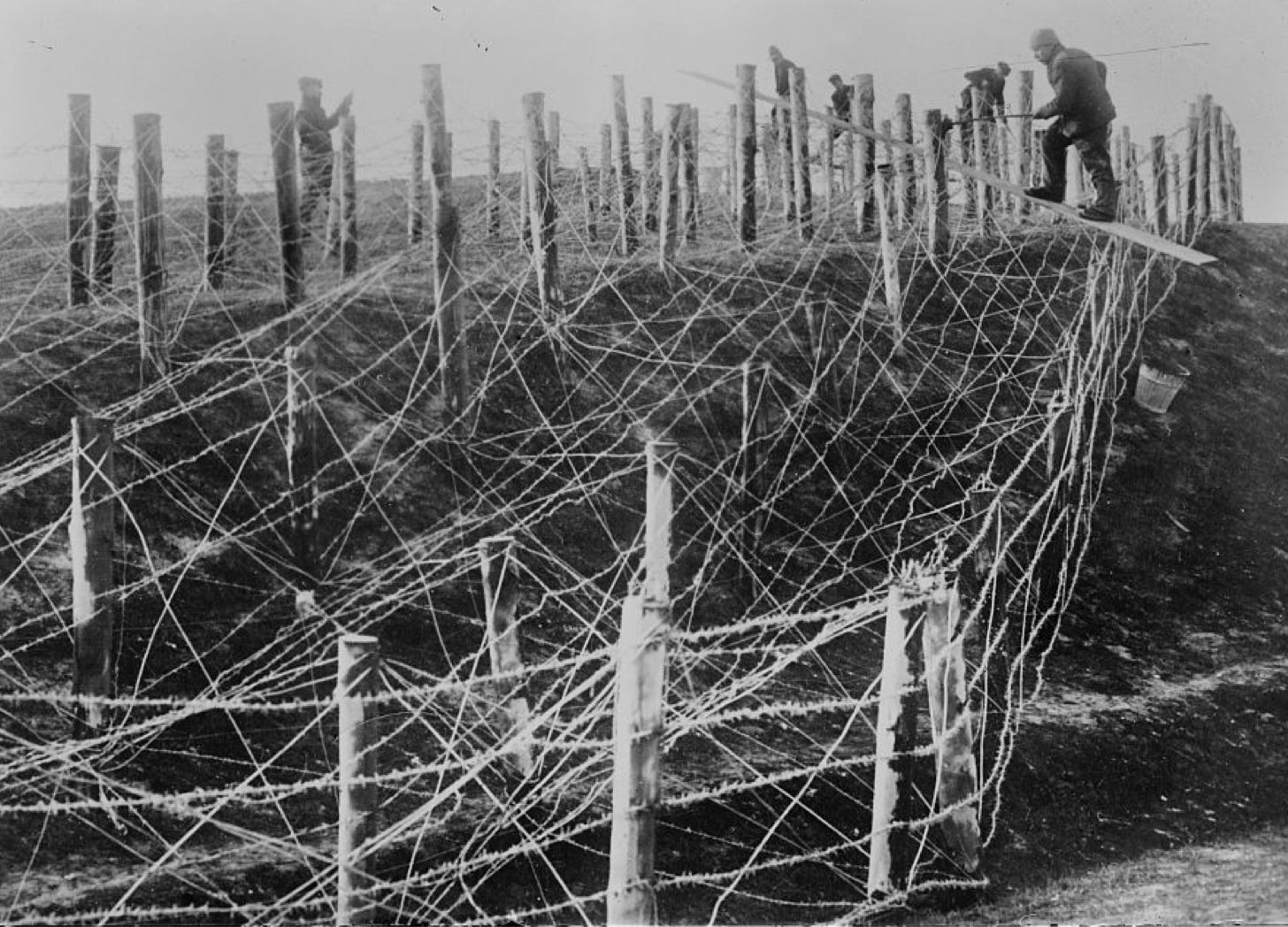
On 25 February 1909, the president of the Engineer Committee of the Army of the Kingdom of Prussia promulgated an overview of recent innovations in the realm of siege warfare. The following translates the portions of this document that describe ways to create ‘assault lanes’ (Sturmgassen) in wire obstacles.
English words in bold type translate German words that were underlined in the original document.
Passage and Removal of Wire Obstacles
The detonation of explosives placed by hand remains the best way to clear obstacles and entanglements made out of wire. Because of these, operational units must frequently practice the carrying, placement, and firing of such charges.
In the course of doing this, some operational units have experimented with the use of stretched charges (gestreckte Ladungen) placed in holes drilled with augers to blow up entanglements.
German pioneers would soon apply the term gestreckte Landungen to describe their counterpart to the Bangalore torpedoes employed by their British contemporaries. However, as the gestreckte Landungen of the First World War were made by attaching the heads of ‘potato masher’ hand grenades laid out on long pieces of wood, the device mentioned here must have employed explosives of packaged in a different way.
When conducting a surprise attack, improvised devices can complement standard assault equipment (Sturmgerät). These devices must be easy to construct and easy to employ.
Appendix IV shows an improvised bridge for crossing especially thick wire entanglements.
Appendix V describes a device for the silent destruction of wire obstacles.
Appendix IV
Marvelous to say, a description of the improvised bridge does not appear in the document that serves as the source for this post.
Appendix IV
A pliers-like device for removing the iron posts that support wire entanglements.
The device makes use of two levers, each of which consists of a steel claw threaded onto a (meter-long) section of gas pipe. (A ring reinforces the connection.)
To remove a post from the ground, the two levers are clamped onto it and turned.
At first, the men testing the device attempted to make do with a single lever. However, this caused the supporting poles, which were made with soft iron, to twist without breaking. They got better results by using two levers, one of which was placed directly above the others, and turning them in opposite directions.
In most cases, the poles would break when each lever was turned to 90°.
(The battalion in which the device was invented) developed the following technique for the removal of supporting poles in order to create assault lanes in wire entanglements.
A team of of one noncommissioned officer and four men crawls up to the obstacle. Two of the men (Numbers 1 and 2) carry levers and clamps. The other two (Numbers 3 and 4) carry wire cutters.
Upon reaching the obstacle, Number 1 clamps his lever onto a post, as close to the ground or concrete base as possible. Number 2 places his lever so that its clamp sits on top of the first clamp of the other lever. Once each has achieved a tight grip, Numbers 1 and 2 rotate their levers in opposite directions until the post breaks.
Once this has been done, Numbers 3 and 4 cut the wires connected to the broken post and clear debris from the lanes so created.
This technique allows pioneers to create assault lanes (Sturmgassen) in wire entanglements without blasting.
Source
Engineer Committee (Ingenieue-Komitee), Zusammenstellung der Erfahrungen über pioniertechnische Angriffs- und Verteidigungsmittel im Festungskrieg (‘Collection of Lessons Learned about Combat Engineer Equipment for Fortress Warfare, both Offensive and Defensive’) (25 February 1909) Folder PH 14 84 Bundesarchiv (German Federal Archive) pages 1-9
For Further Reading



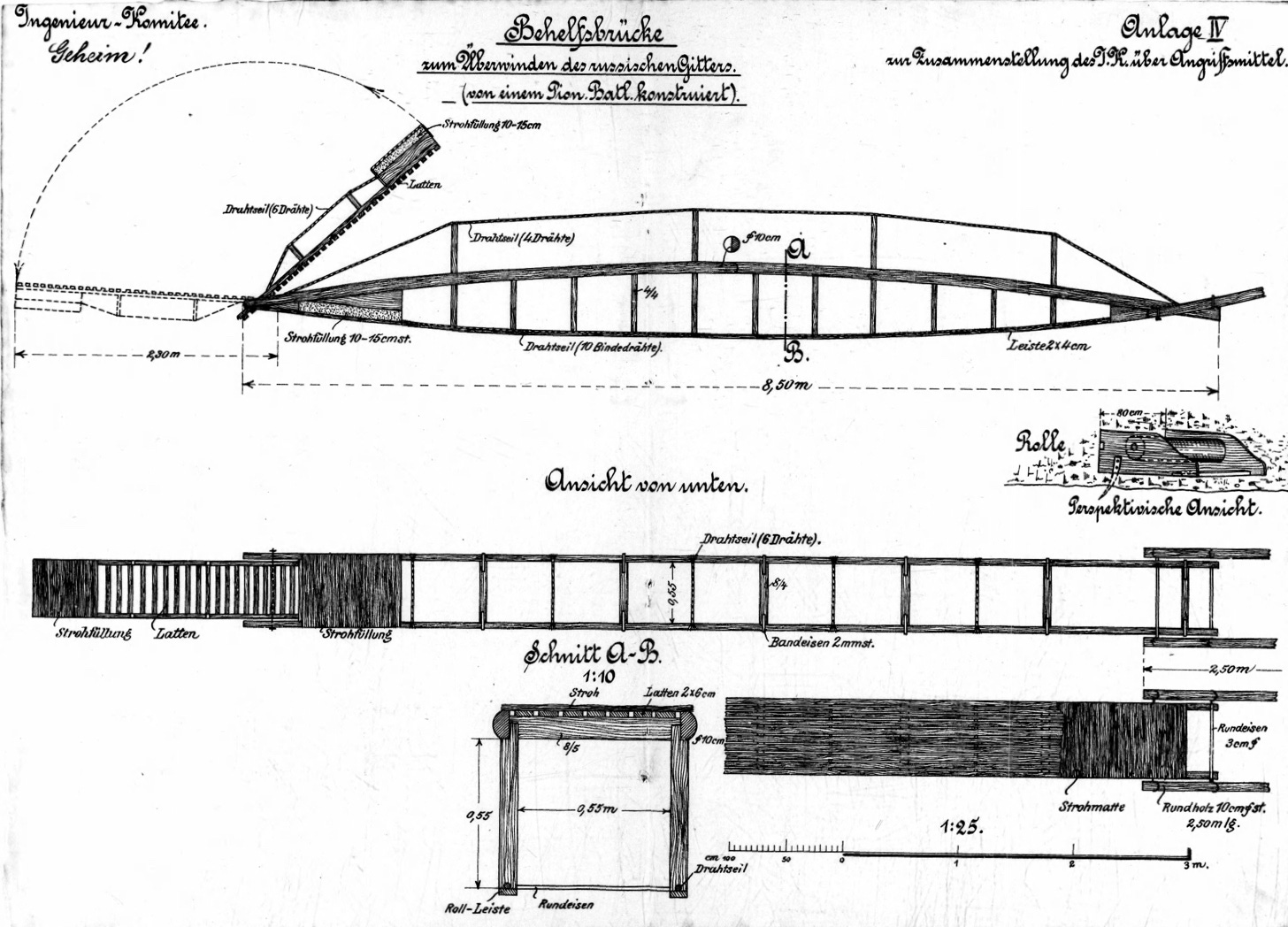

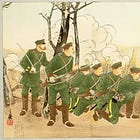
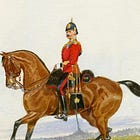
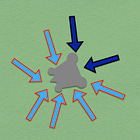
That would have been fun to move up, assemble and emplace under direct and indirect fire! No wonder we spend a good deal of time developing, refining and fielding line charge systems and over pressure blast systems.
Bummer about the details on the bridge.